Spring is in full swing, and the birds are busy finding mates, building nests, and singing the songs of the season. Whether you’re looking to attract birds for your own enjoyment or to provide them a place to nest, here are some surefire ways to transform your yard into a bird haven. But first, why do birds need more bird-friendly places?
Why Birds Need Backyard Sanctuaries

The bird population is suffering, with a recorded 30% loss in the US and Canada since 1970. The cause? Mostly changing ecosystems. Developing land leads to the depletion of trees and natural water sources, upsetting natural bird habitats. We can do our part to help the birds, not just through winter, but in spring as well. During this time of the year, birds are looking for nesting spots and sources of energy at a time when natural seed sources are depleted. Helping birds find shelter, food, water, and places to raise their young goes a long way in supporting the bird population.
How to Create a Bird-Friendly Yard
Go native with your plants
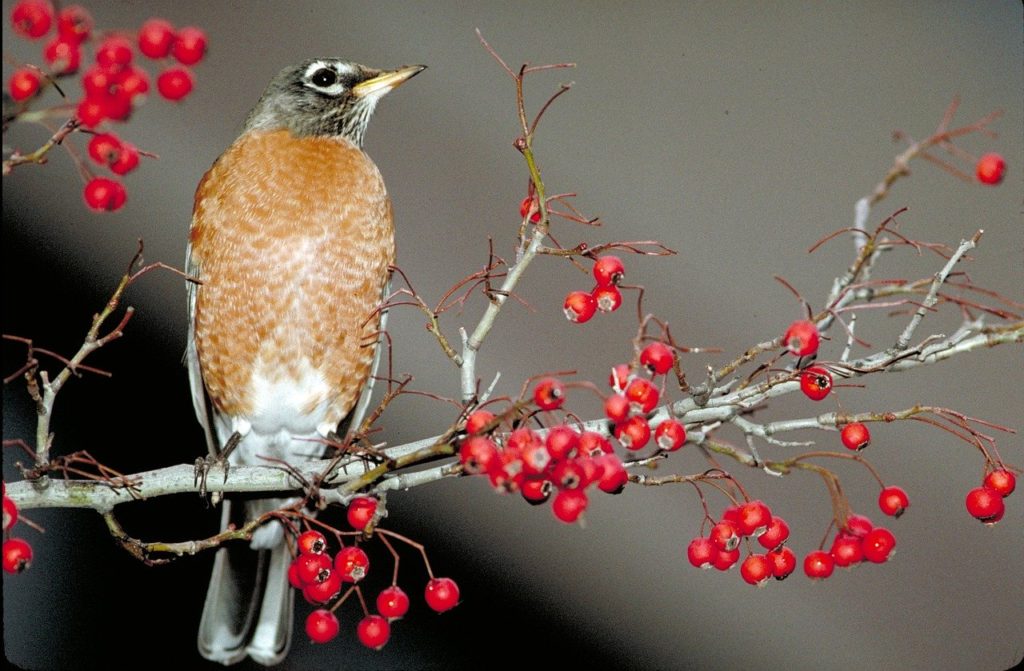
Growing native plants in your yard is one of the best ways to ensure that local birds will visit. Research the native plants in your area (this database by the Audubon Society is a great resource) and consider growing a variety of plants, such as trees, shrubs, grasses, and flowers. This will also help you attract a wider variety of local birds, since some like to nest and feed closer to the ground in shrubs and plants, while others choose trees for these activities. Choosing dense shrubs and plants that produce nuts and seeds will also provide natural nesting and feeding spaces for birds and their young.
Offer shelter
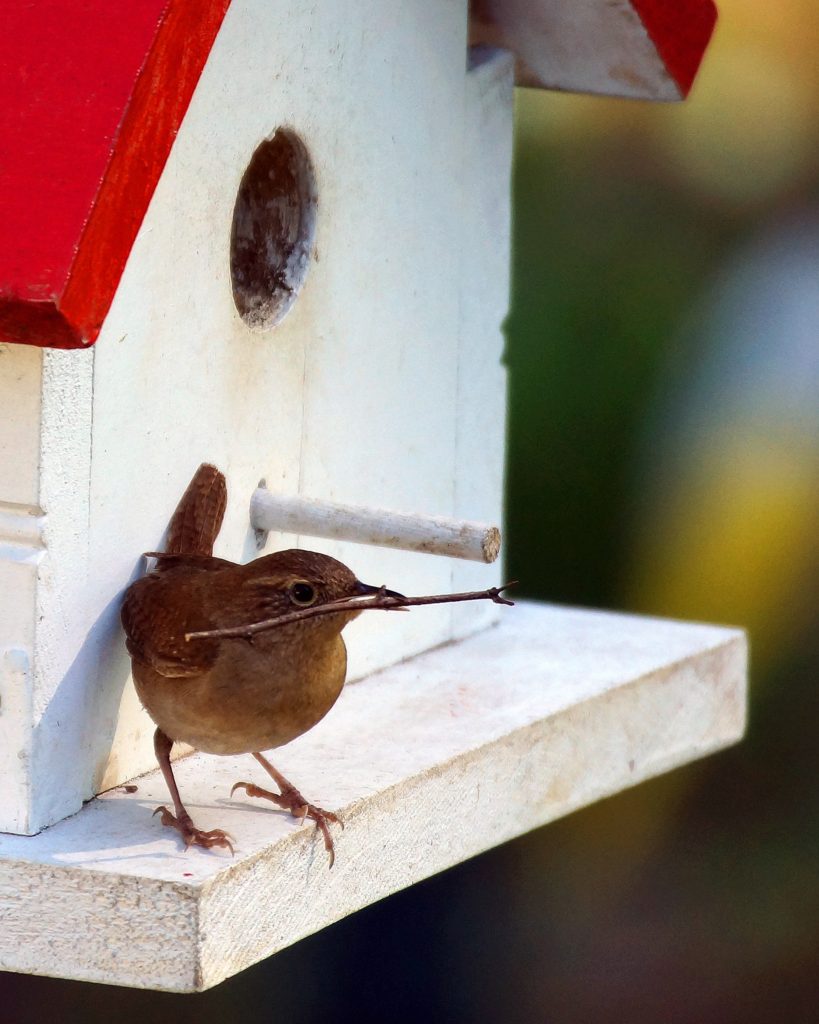
During springtime, when birds are still looking for nesting spots, a well-placed nesting box in your yard will be a welcome sight for our feathered friends. Bird houses and nesting boxes are popular with some birds, while others prefer to nest in trees or shrubs. Research the habits of your local birds to decide what type of habitat they prefer.
If you decide to put bird houses or nesting boxes in your yard, there are a few things to consider. First, birds are looking for a sheltered, quiet space safe from predators. Choose a space that doesn’t get a high amount of human traffic, and consider placing them on free-standing poles with baffles or other pest deterrents. Bird houses should be placed from 5 to 30 feet from the ground and can also be mounted on the sides of houses, fence posts, and hanging from eaves.
Provide food and water
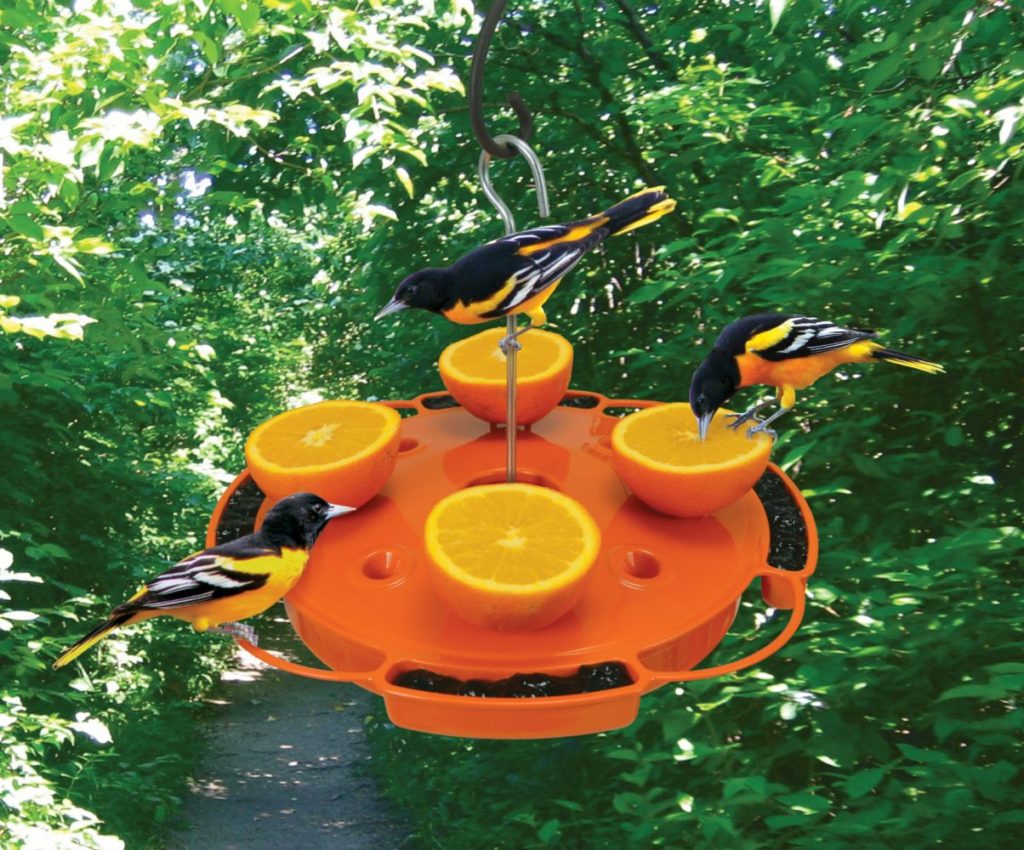
Put out suet feeders, bird feeders, free seed, and other food to attract birds to your yard. What food should you use? It depends on the birds in your area, as different birds have different diets. No matter the bird type, they all need to find high-energy food sources during spring, when they are nesting, molting, and migrating. Suet is a great source of protein, as it contains animal fat. Other bird favorites are sunflower seeds, Nyjer seed, white millet, peanuts, and pecans. Fresh fruit like oranges and apples, as well as raisins, cranberries, and currants are also suggested springtime bird fare.
Get a discount on bird seed by joining Chirp’s Seed Club! Learn more and sign up for free!
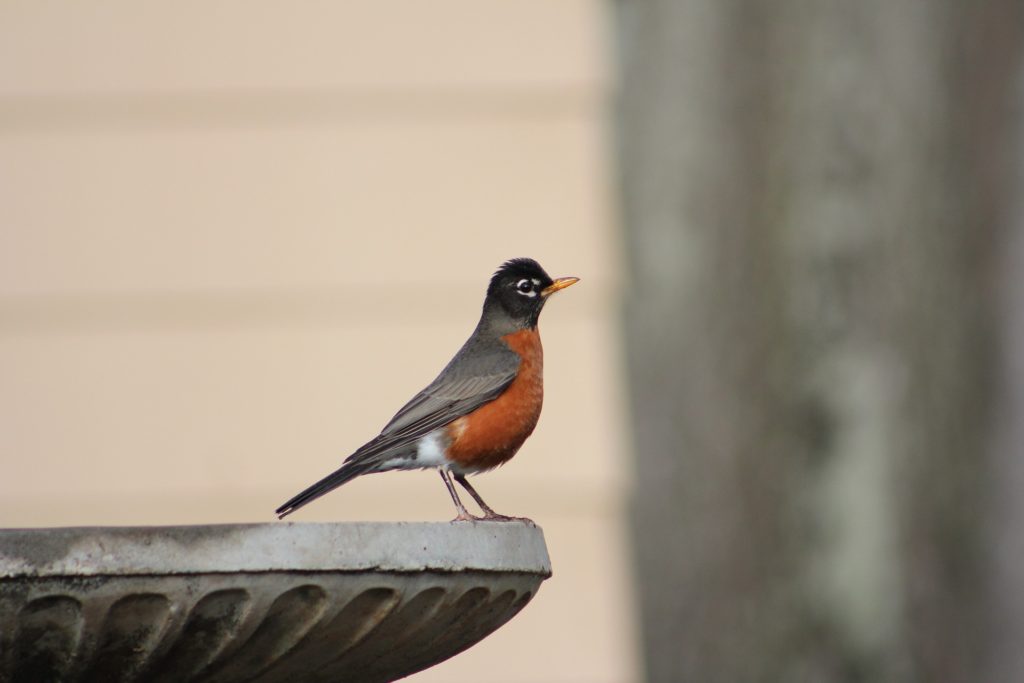
Provide fresh water for your bird visitors to drink and bathe by adding a pond or water feature, like a birdbath, in your yard. Place it near shrubs or other foliage where birds can find shelter.
Protect them from pests
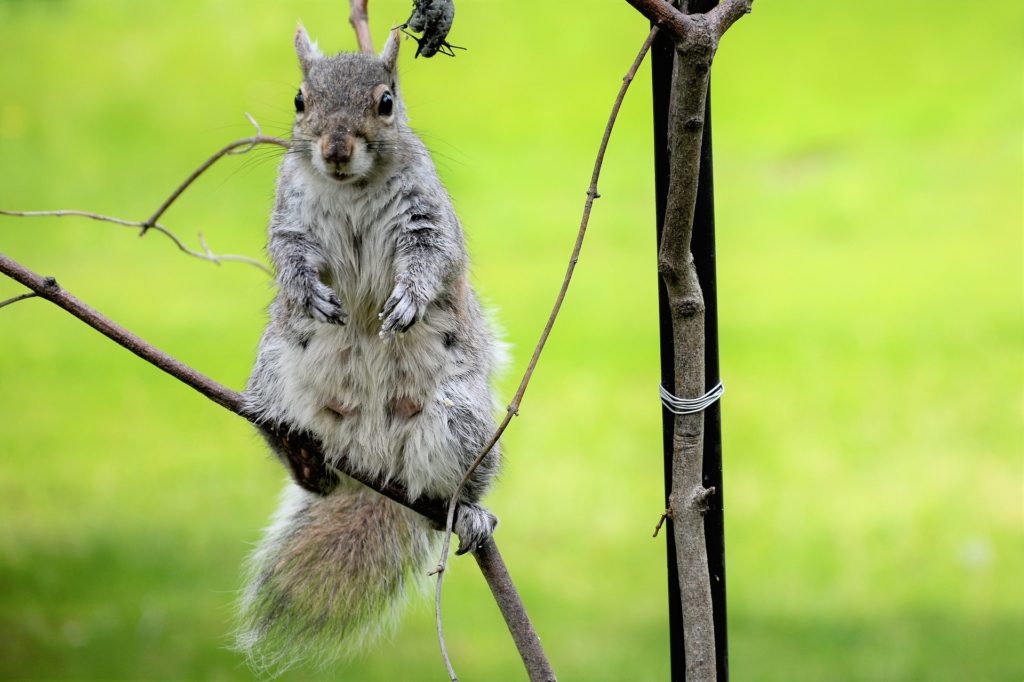
Springtime is a particularly vulnerable time for birds, who are often tired from migrating, and trying to lay their eggs and raise their young. Help them out by providing them a safe space protected from predators. First, think about the predators inside your house: your pets. Place bird houses, nesting houses, and feeders in places that they can’t access, and keep them indoors or away from these spaces whenever possible. Hawks, owls, raccoons, squirrels, and other larger birds and smaller animals are also bird dangers.
Furnish your bird feeders with pest-proof devices like baffles, wire fences around your feeders, and strategic feeder placement (10-15 feet away from shrubs and trees). Squirrel-proof feeders will also prevent squirrels and small critters from accessing your feeders. Keep predators away by cleaning up fallen seed from bird feeders, which attract rodents (natural prey for hawks and owls).
Consider Making Your Yard a Certified Wildlife Habitat
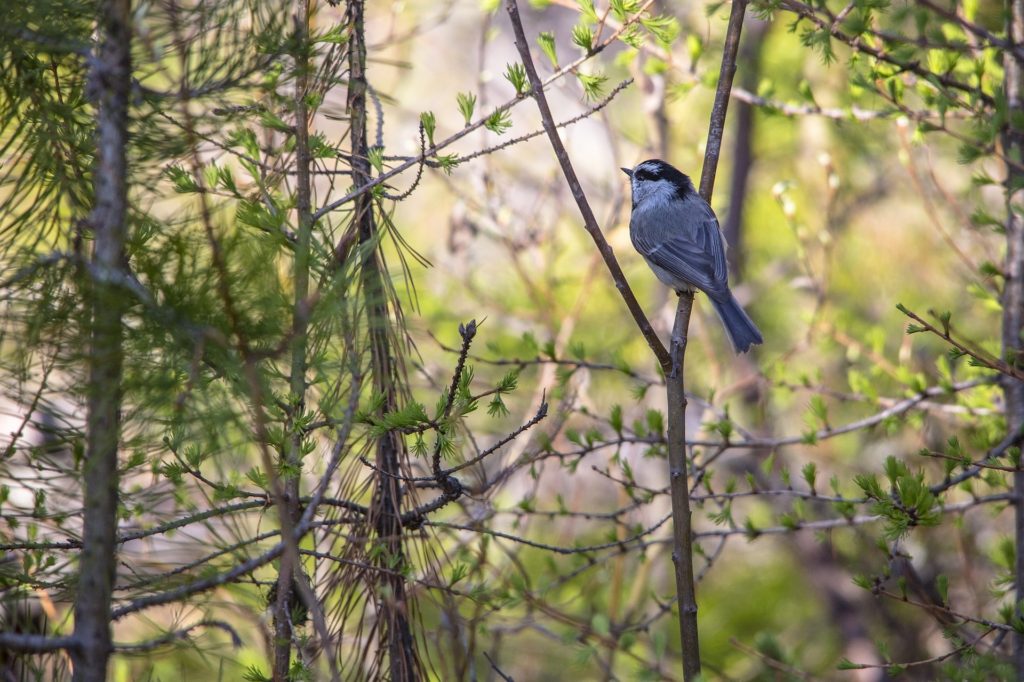
Did you know that you can have a certified wildlife habitat right in your backyard? The National Wildlife Federation will certify your yard, container garden, schoolyard, work landscape, or even balcony as a Certified Wildlife Habitat® if it meets certain criteria, such as:
- Food
- Water
- Cover
- Places to raise young
- Sustainable practices
Learn more about the criteria and benefits of certification here.
This Month, Join Chirp and Other Bird Lovers for Food and Fun!
Whether you’re a Big Bear native, or visiting us in the spring, join us for another Birds and Brews night of family fun! The festivities start at 5pm on Saturday, April 18th, and there will be fun, food, and games for adults and kids. Get more details on our Activities page. See you there!


